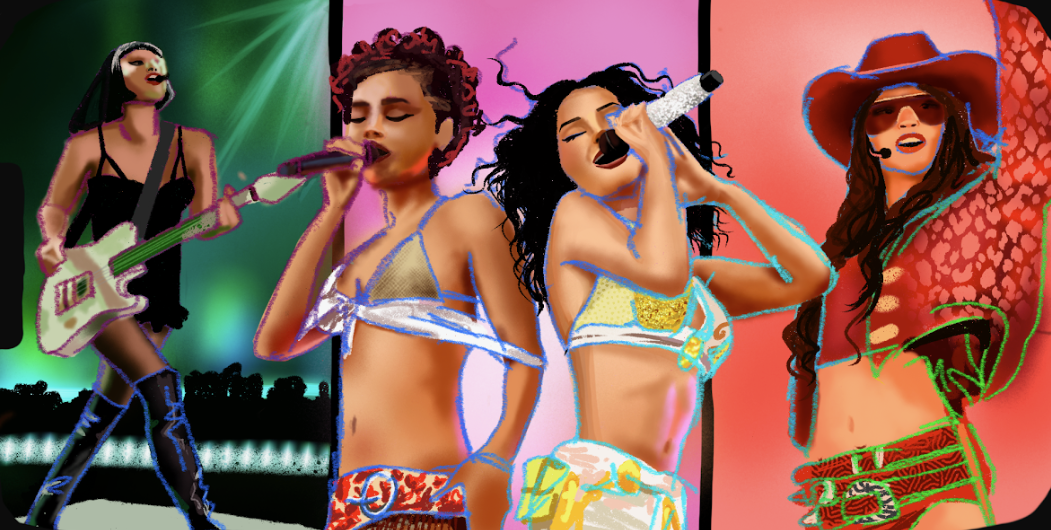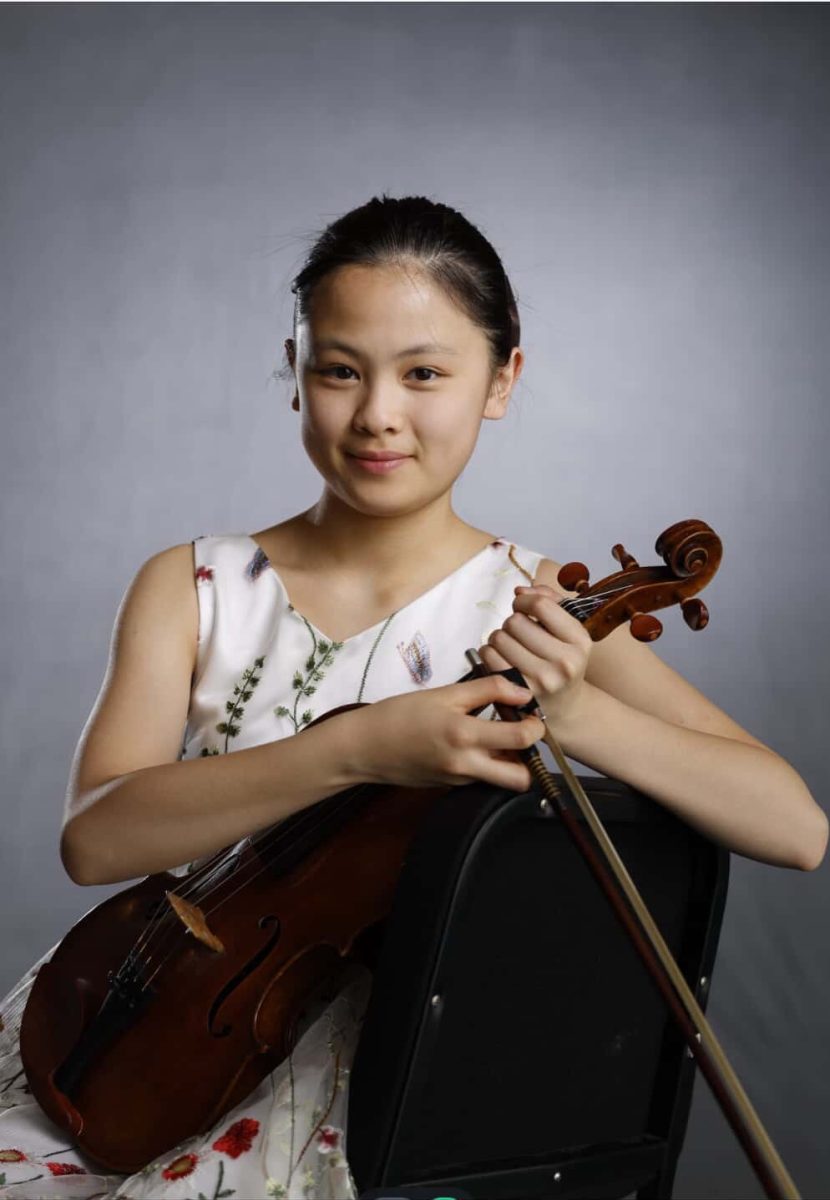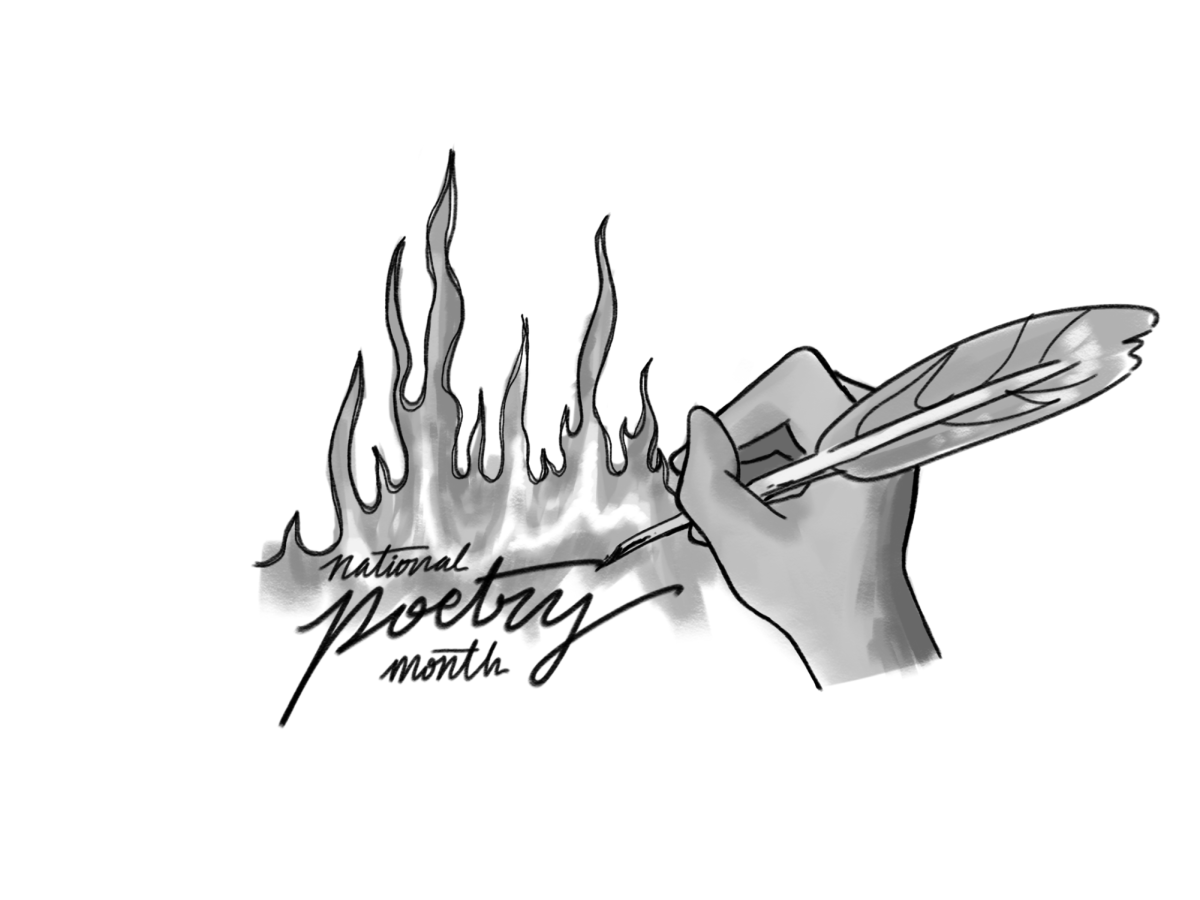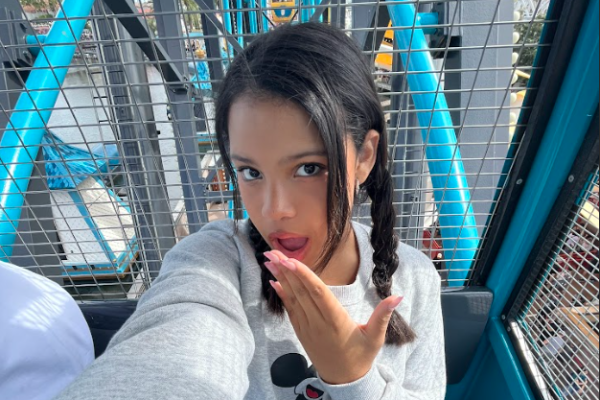The term “influencer,” explained by the Oxford Dictionary, is “a person with the ability to influence potential buyers of a product or service by promoting or recommending the items on social media”. Most influencers blew up during quarantine or slightly before. However, a newer phenomenon is the exorbitant amount of fame these influencers are getting. Large online names such as Charli D’amelio are not just receiving brand deal offers or occasional pop-up events anymore. Instead, they are being invited to events like the Met Gala, previously reserved for S or A list celebrities, roles in big movies are being offered to them, and they are even getting clothing lines, makeup lines, food brands.
Focusing more on a specific gateway, there is an unspoken yet fascinating trend for all of these influencers: influencers turning to the music industry. Why? Why do influencers seem to release music the second they hit a decent number of followers? The most logical answer is that anyone can make music, and music makes money. Sure, not everyone can make good music, but one only needs an electronic device to start creating music and putting it out. And, of course, throw some die-hard fans into the mix, and practically anything is possible.
Charli and Dixie D’Amelio are two of the first influencers to completely embody this phenomenon. The two sisters from Connecticut, whose rise to fame stemmed from dancing to TikTok trends in 2019, eventually amassed millions of followers. Charli D’Amelio’s account even became the most followed TikTok in March 2020 with 41.4 million followers.
In 2020, Dixie D’Amelio released her first single, “Be Happy,” which gained 114 million views on YouTube and over 100 million streams on Spotify, not only surprising the artist herself but more so the majority of the public. To have someone like Dixie d’amelio, who started off simply recording and posting TikToks alongside her sister, have a massive breakthrough like this was extraordinary.
With the amount of success the song received, people started speculating how exactly the record, deemed “generic” and “bland” by both critics and commentators, was getting so much traction in such a competitive industry. Online presences such as Baby Ariel, Jacob Sartorius, James Charles and the Paul brothers had all released music years before, but how come they were not reaching the same amount of success Dixie had?
The answer is simple when taking into account the amount of online fame Dixie had garnered. With millions of followers on TikTok, Dixie moved to YouTube and her fans simply followed her, leading to her unbelievably high view count. Dixie’s fans could not care less about whether the song was genuinely good or not; they would stream and praise it because of how much they loved her.
Dixie’s success was a moment of realization for a heap of influencers and the public. From then on, online presences such as Bella Poarch or even celebrities like Kim Kardashian and Paris Hilton quickly turned to the music industry. Suddenly, these influencers were like moths swarming around light, dropping albums on streaming websites, predictably, with success. Bella Poarch’s “Build a B*tch” and “Inferno”, for example, although criticized by a few reviewers, hit Spotify streams in the hundred millions. These millions of streams and views convert into money at the end of the day. Increasingly more influencers are starting to realize that they could not only continue making money through these albums, but also expand into million-dollar industries such as the recently over-saturated music industry. The more influencers that drive down this road, the easier it becomes to succeed for those that follow.
The question remains of whether this is a good thing, but with how it is going at the moment there will be no stopping this phenomenon. We can expect loads of these people to continue to inspire other influencers in the near future.








